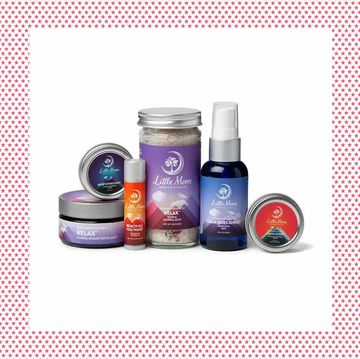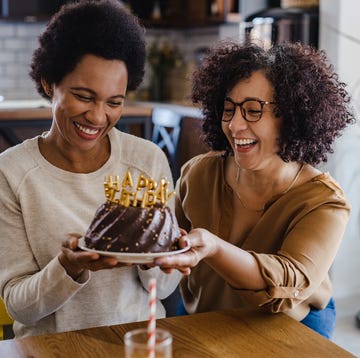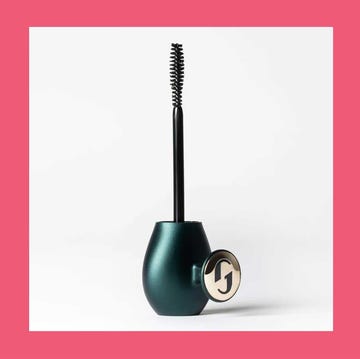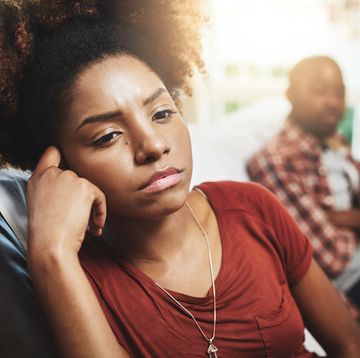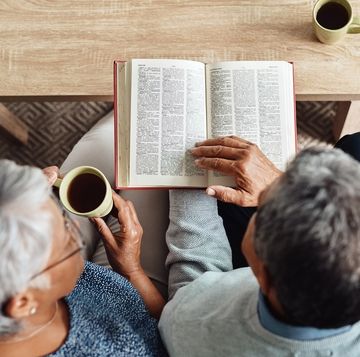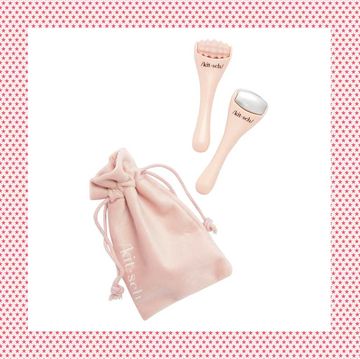Jump to:
Even if you think you've read everything there is to know about how to fall in love and how to stay in love, there's always more to discover. And going deeper when it comes to how we discuss and define love is a great way to celebrate it more. Having love, giving love, being in love and nurturing a healthy relationship — these are all things that make life joyful, satisfying, and exciting.
However, there's an emotional state that people can find themselves in that seems like love, but isn't really. It's called limerence.
If you find yourself in a new relationship where the feelings are mutual, and you've managed to avoid all those relationship red flags that you have spent so long looking out for, then you probably don't have to worry too much about whether it's love or limerence. Still, having precise words to describe how you're feeling can be helpful, especially when it comes to communicating with your new partner, particularly if you aren't sure if they feel the same.
What is limerence?
"Limerence is a mental state of profound romantic infatuation, deep obsession, and euphoric longing," psychologist Reena B. Patel explains. Limerence is very fantasy-based, explains Patel, and comes with an "unnatural" level of intensity. It's also mostly based on what the other person can give you.
Limerence vs. love
Conversely, love is a bit different, Patel says. Where love is unconditional, limerence is more of an infatuation, or a "deep crush."
"It's an emotional obsession whereas in a love relationship it is reciprocal [versus] one sided," Patel explains.
Another way to tell the difference between love and limerence is that the initial overwhelming feelings of love generally subside to something deeper and more fluid. Limerence, on the other hand, is a type of intensity that doesn't necessarily subside or ebb and flow so easily, even if it has some similarities to the feeling of being in love.
"Yes, neurochemically, it’s a spike in your dopamine which allows you to feel pleasure, satisfaction and motivation, but it can quickly turn into an unhealthy addiction," Patel says.
Signs
As Patel outlines, some signs include:
- Only focusing on certain traits of a partner "Not only that, but the person will make these traits bigger and more important than they are in reality."
- Ignoring any baggage that one may bring into a relationship.
- Being consumed with thought and a longing for the person so much that it becomes hard to get through your day-to-day activities. "The thoughts become a fixation and obsession."
Stages
- Stage 1: Limerence starts out similarly to being in love, beginning with an infatuation and attraction stage, says Patel. This then turns into an addiction in which the unattainability of the person only makes them more alluring. "This stage of limerence includes addictive type behavior, thinking about the other 24 hours a day, stress, heart palpitations, stomach anxiety, and even intrusive thoughts," Patel says."
- Stage 2: Crystallization or the peak of limerence."You begin to only see what you want to see in the person," Patel says of this stage. "They are perfect. You believe it so much that you become delusional with thoughts that are not based on reality. You begin to idolize them, and those thoughts impede your ability to get through your day."
- Stage 3: Finally, there is the deterioration stage of limerence, where "reality kicks in and becomes a dissonance between your thoughts," according to Patel.
Is limerence unhealthy?
In case all of the above hasn't already convinced you, Patel confirms that, yes, limerence is unhealthy. In fact, Patel notes that the stages and symptoms are similar to those seen in obsessive-compulsive disorder, explaining that there can even be somantic symptoms associated with limerence, like loss of appetite, loss of sleep, loss of friendships, and healthy family dynamics. "It becomes an unhealthy obsession," says Patel.
How do you know if you're in limerence?
If you think you're experiencing limerence, Patel says to ask yourself a few questions:
- Is it a one-sided relationship?
- Are you emotionally dependent on the person?
- Do you lose yourself while daydreaming about this person, like it's a "whimsical fairytale"?
- Are you losing interest in friends, or falling behind in work?
- And finally, do you have delusions or desire for an intense romantic relationship with this person even though you have not met or known this person ever, or for a long time?
If the answer is yes to any of these questions, it might be time to reassess whether the interest is really serving you — or to seek advice from a licensed therapist, or friends or family.
How to get help
A licensed therapist will be able to help you pinpoint what is triggering your feelings, as well as come up with a plan to get you to cut ties with the person and rediscover yourself. Support groups might also be a good thing to explore if one-on-one therapy isn't an option.
Bottom line: Love, infatuation, and attraction are all normal and healthy parts of life. Not being able to think about someone you're attracted to can even be normal, too. But as Patel explains, it's when this attraction starts to affect the rest of your life, habits, and thoughts that the real problem arises. Experiencing a feeling of obsession, or any of the physical and lifestyle symptoms Patel describes are all red flags that your new relationship, or love interest could be something darker than it appears on the surface.
Olivia Muenter is a freelance writer and former fashion and beauty editor who writes about fashion, beauty, lifestyle, relationships, travel, home decor, and more for Woman's Day and beyond. Her work has appeared in Bustle, Refinery 29, Glamour, Byrdie, Apartment Therapy, Philadelphia Magazine, and more. When she's not reading (or talking about reading on Bad on Paper, the bookish podcast she co-hosts), you can find Olivia working on her first novel, curating the perfect playlist, or shopping online.



